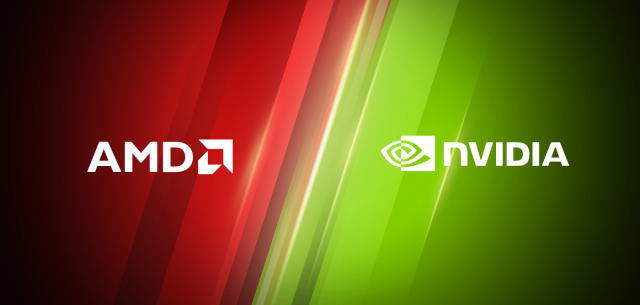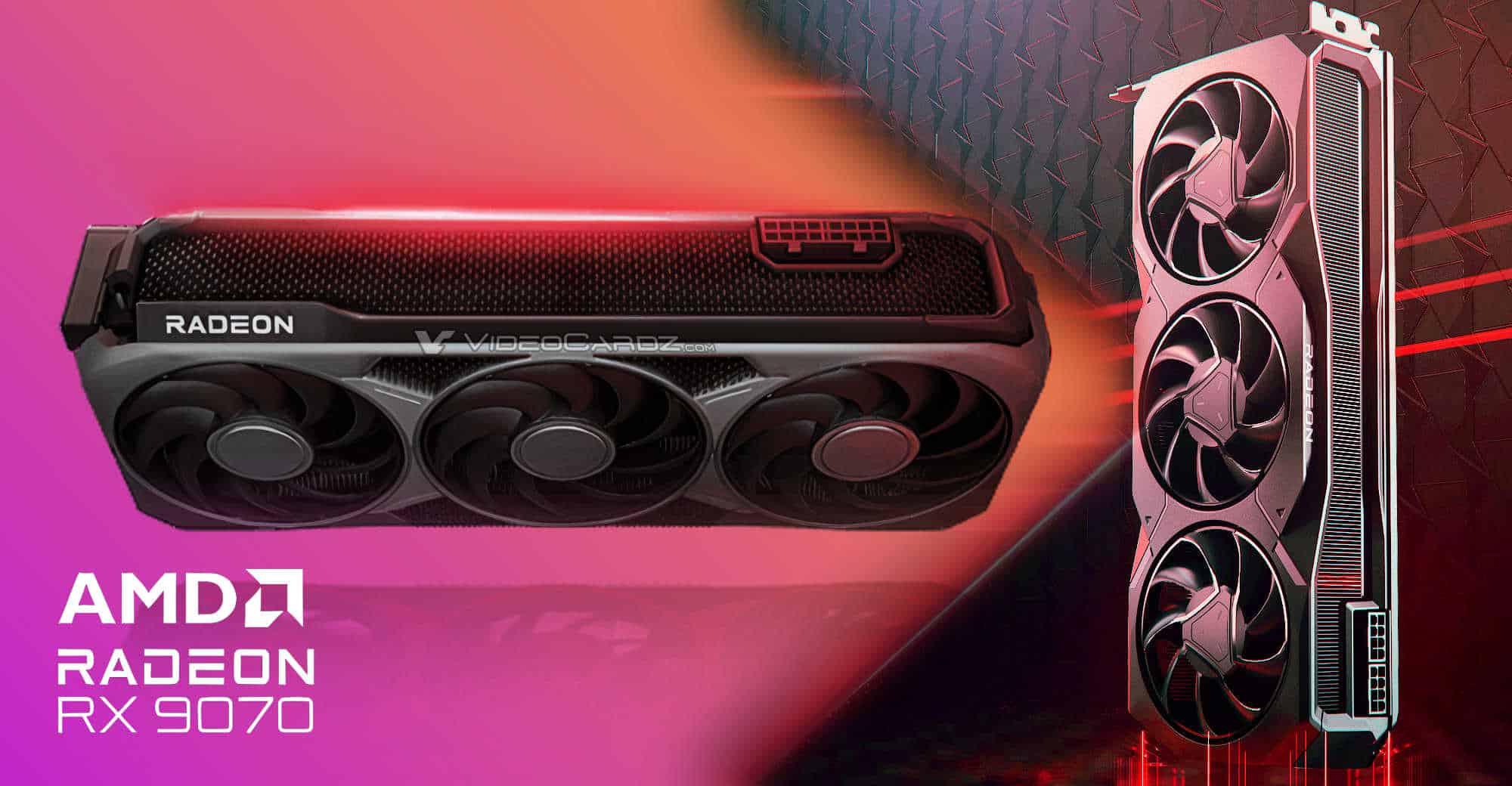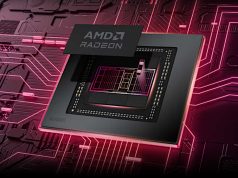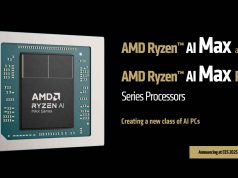During CES 2025, AMD avoided unveiling specific details about their new Radeon RX 9070 XT GPUs built on the RDNA 4 architecture. However, the company did pre-brief media outlets, including us, giving us a sneak peek into what’s on the horizon.
AMD announced another change in their naming scheme for Radeon GPUs, shifting from the RX 7_00 series to the new Radeon RX 90_0 series, and provided an explanation in their press deck.

Despite this, concrete details on pricing and performance were not disclosed, leading us to rely on leaks. IGN managed to benchmark the RX 9070 (non-XT) during CES on Call of Duty: Black Ops 6, revealing strong performance compared to the RX 7900 XTX, 7800 XT, and 6950 XT.
Further, leaked 3DMark DirectX 12 and Ray Tracing benchmarks for the 9070 XT suggested impressive performance from RDNA 4. Comparisons with Nvidia’s RTX 4070, 4070 Ti, and AMD’s 7700 XT, 7900 XTX, and others showed competitiveness.
While leaks and rumors can be unreliable, an interview with AMD’s Chief Architect of Gaming Solutions, Frank Azor, lent some credibility. Azor mentioned that AMD will disclose more details about the new card in a few weeks, suggesting a separate launch event for RDNA 4. He also mentioned that they wanted to see how Nvidia’s new RTX 5000 series GPUs would stack up.
Regarding performance, Azor indicated that previous performance leaks were inaccurate, and actual performance would be better than the rumors suggested. However, exact performance details were not disclosed.
Azor emphasized that RDNA 4 focuses on mid-range products, ensuring they wouldn’t produce a card costing $1000. This strategy aligns with the RTX 5070 and 5070 Ti starting at $549 and $749, respectively.
To achieve this level of performance, Azor explained that RDNA 4’s development concentrated on enhancing AI compute throughput and improving ray tracing capabilities. Rasterization performance, while still improving, has taken a back seat. AI compute capabilities have seen significant enhancement, which is essential for AMD’s upcoming ML-based FSR 4 upscaler to compete with Nvidia DLSS and Intel XeSS.
AMD assured they are addressing feedback and criticism from the RX 7000 series, aiming to get the price-to-performance ratio right for the 9000 series GPUs. While the 7900 XTX was praised, its sibling, the 7900 XT, was less impressive due to pricing issues. If the RX 9070 XT and 9070 are priced appropriately, we could potentially see a strong value proposition from AMD, challenging Nvidia not in raw performance but in value.
Rumors from 2019 hinted at AMD designing a ‘Nvidia killer,’ a goal they might finally achieve with the RX 9070 XT












